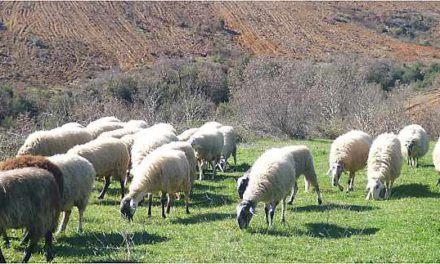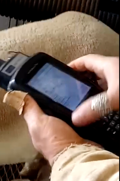This post is also available in:
![]()
![]()
![]()
CT scanning as a tool for assessing body composition and carcass quality
Factsheet name: CT scanning as a tool for assessing body composition and carcass quality
Introduction:
CT scanning is a technology used to assess body composition and carcass traits in sheep. It works using X-rays to produce images of the body based on different densities of tissues (fat, muscle, and bone). Carcass tissue weights can be predicted along with other carcass traits such as spine length, loin muscle dimensions, killing out percentage (the amount of the live animal that becomes the carcass), and intramuscular fat level (related to meat eating quality). Forward-thinking breeders of terminal sire breeds of sheep in the UK currently use this information to help select their best ram lambs for replacements for their own flock or for sale.
SRUC has a mobile CT scanner which is located at several different sites, such as livestock markets, over the summer. This gives breeders, from different regions, the opportunity to use this technology to scan their weaned lambs, to feed information into national breeding programmes.
This technology can be used to accurately compare the body composition and carcass quality of sheep fed different diets or on different nutritional regimes, from different genetic lines or families, or that have been managed in different ways. When assessing feed efficiency, accurate measurements of fat and muscle levels and changes during feeding trials can be assessed using CT scanning to inform calculations of feed efficiency at the individual animal level. CT is also able to provide information on additional traits, such as rumen volume which relates to methane production, and skeletal predictors of lambing ease.




Topic: nutrition
Production: Dairy / Meat
Animal Category: Lamb / Replacement







